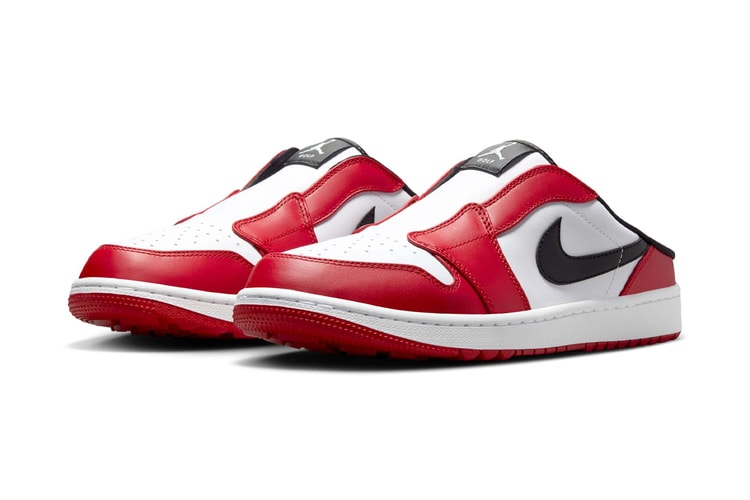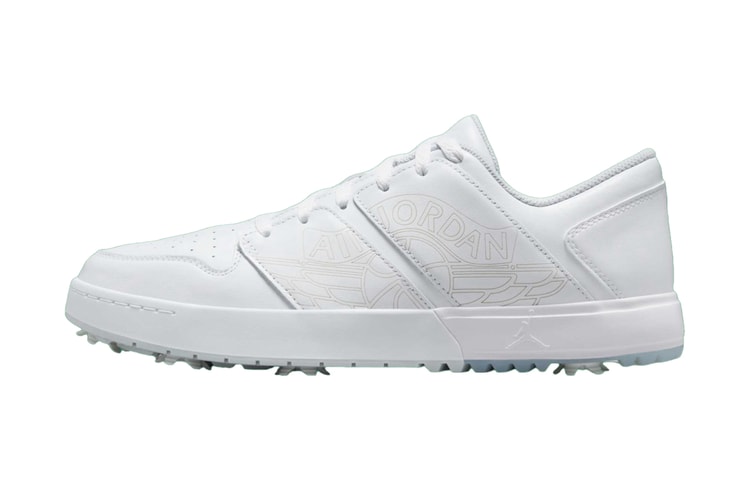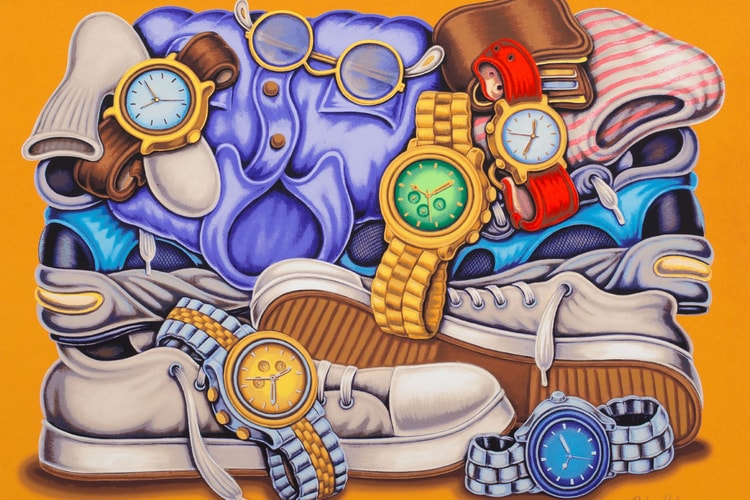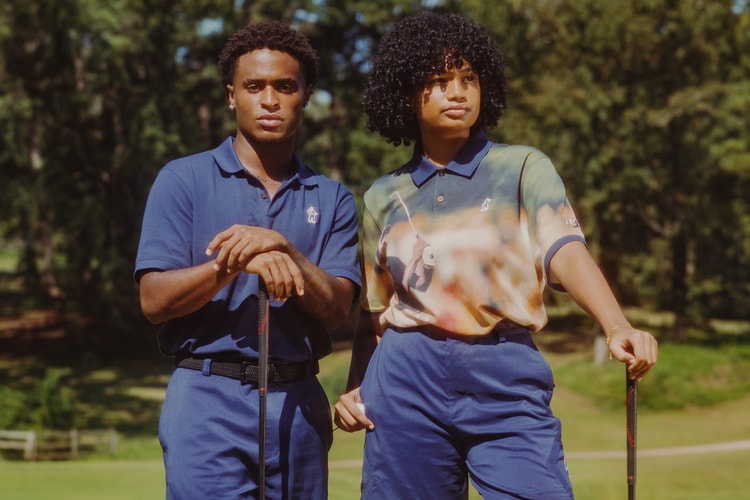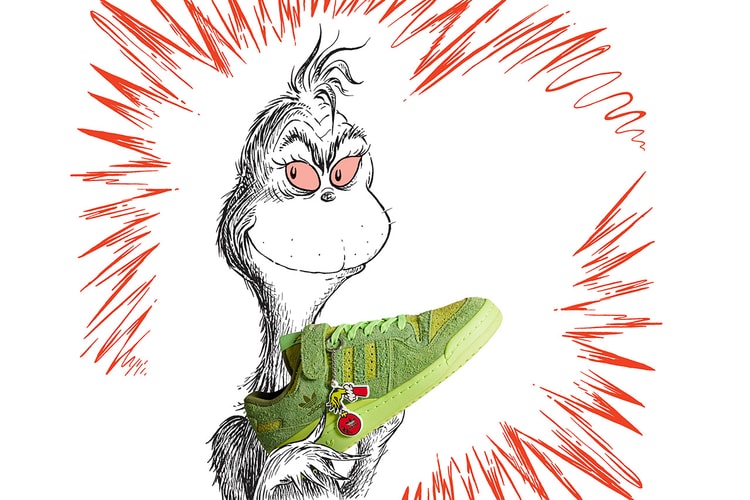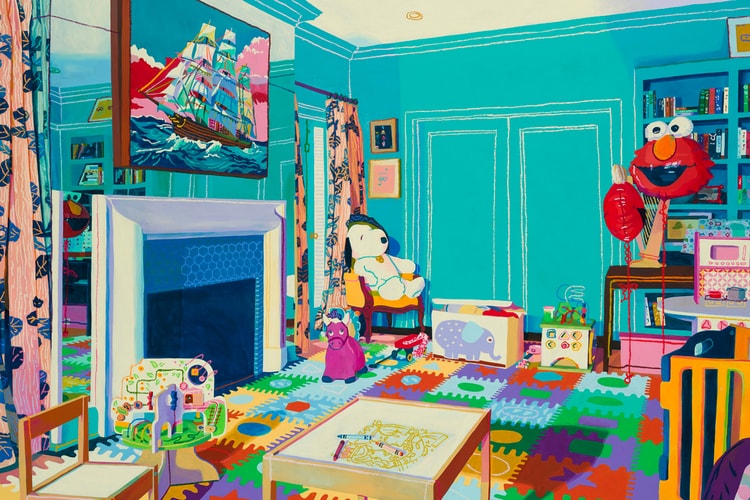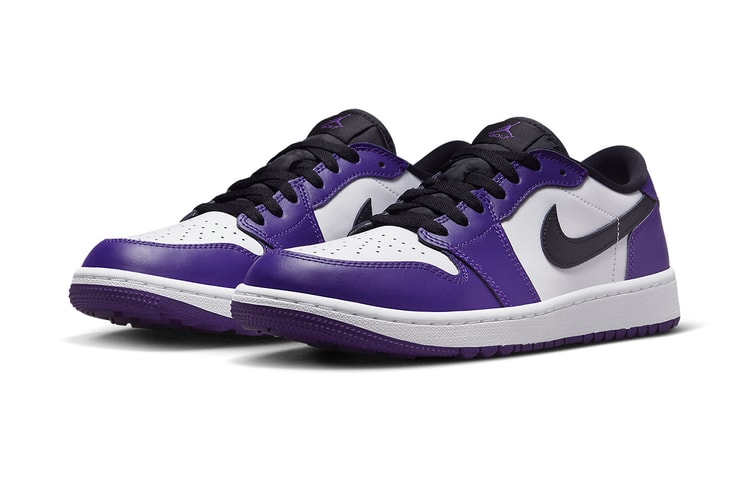Retro Rumble: Air Jordan 1 "Lost & Found" vs. 1985 Air Jordan 1 "Chicago"
A breakdown of the differences between the “Lost & Found” and the original “Chicago” that inspired it.

It’s been 37 years since Jordan Brand first released the Air Jordan 1 “Chicago” in 1985, and the famed red, white and black iteration of Michael Jordan’s first signature sneaker is arguably more popular than ever in 2022. The “Chicago” has long enjoyed high status in the Jumpman’s greater cultural pyramid — it was retroed in 1994, 2013 and 2015, and has served as a canvas for Off-White™ and Trophy Room’s collaborative efforts — but in the last two years its prestige has risen to even greater levels thanks to a memorable appearance in The Last Dance, some eye-popping auction results, a proliferation of Instagram archive pages and renewed interest in both original pairs and artificially-aged styles.
Throw all of these ingredients in 2022’s cultural cauldron, season ‘em with a heavy pour of hype and you’ve got the Air Jordan 1 “Lost & Found.” Featuring aged detailing that calls back to the original 1985 “Chicago” pairs still in circulation, the “Lost & Found” seems to be a shoo-in for the biggest in-line Jordan Brand release of 2022 thanks to its timely style and (relative) accessibility: pairs of the last “Chicago” retro typically sell for over $2,000 USD on the aftermarket.
The “Lost & Found” is supposed to look like it was forgotten on a dusty sneaker store shelf for three decades. But how does it stack up to the OG? To find out, we’ve put it side-by-side with a well-loved 1985 pair and spotlighted some of the key differences between the original and the re-creation. They may appear nearly identical upon first glance, but closer inspection reveals a laundry list of differences. Check out a detailed design breakdown below and see for yourself.
Collars
Though there are twists, tweaks and turns to be seen all over the “Lost & Found,” you can quickly get lost in all the small differences found on the collar. The most instantly noticeable is the signature “Lost & Found” detail, a cracked leather that’s supposed to show its “age” and play into its backstory of being forgotten on a shelf. This faux-weathered material is dissimilar to the aging patterns you’ll see on most original pairs, however, which often show distressing on high-wear areas instead of the entirety of the collar.
The collar’s shape is much more sloped on the original pair than it is on the “Lost & Found” too. This is because the “Lost & Found” was made on an Air Jordan 1 High OG last instead of an Air Jordan 1 Hi ‘85 last, which is closer in shape to the original pair than the High OG is. Padding on the ‘85 pair is much more sparse, making for a slimmer look and less cushy feel, while there’s sizing information visible on the inside of the OG — a detail that’s missing on the “Lost & Found.”
Collar flaps are vastly different as well: the OG pair’s flaps are cut from a much thicker piece of leather and placed significantly closer to the top of the collar than they are on the “Lost & Found.” Lastly, the ball-and-wings logo, which Air Jordan 1 designer Peter Moore famously drew on an airline napkin, is printed in a modernized fashion on the “Lost & Found,” making for an enhanced texture. The updated logo also features a “TM” graphic to show that it’s trademarked, which it was not upon the first release in 1985.
Tongues
When you finish ogling all the little details on the collar, you’ll want to take a gander at the tongue as well. The font and spacing of the tongue tag’s Swoosh and wordmark are slightly different across both models, as is the text on the backside of each tongue (of note is that many original Air Jordan 1s were made in Korea while the new pair was constructed in China). The “Lost & Found” also features a more padded tongue that works with its puffier collar for enhanced fit and feel.
Quarter Panels and Toeboxes
The difference between the “Lost & Found” and the original Air Jordan 1 “Chicago” that’s easiest to spot for less-seasoned sneakerheads and grizzled AJ 1 loyalists alike is the shape of the Swoosh. The original pair’s Swoosh tapers off significantly towards the heel and is more pronounced on the forefoot. Another notable difference is the cracked white leather on the “Lost & Found,” an intentional deviation from the original that, just like the fractured detailing on collar, was made to show the shoe’s “age.” The ‘85 pair’s toebox perforations are ever-so-slightly larger as well, though the overall pattern is largely uniform across both.
Midsoles and Outsoles
In recent years, Air Jordan 1s have featured a largely flat build above the midsole’s seam. Original pairs have a slightly wavy aspect to them, undulating slightly on the heel and midfoot before sloping off towards the toebox. The ‘85 pair offers a different texture on its midsole than the “Lost & Found” does, and, if you look closely at each shoe’s side profile, you’ll see that the spacing of the outsole’s traction grooves is slightly wider on the original pair as well.
The last piece of faux-aged embellishment on the “Lost & Found” can be seen on the outsole, which features oxidized detailing. Less overt are the differences between the outsole branding: the 1985 pair offers trademark hits above both the Nike logo and the Swoosh underneath it, while the “Lost & Found” has a single trademark embellishment above the entire graphic. Of course, the heel protector shown on the pair photographed is not an original piece of the design: it’s something the owner placed on the shoe to protect the midsole from further erosion.
Packaging
Last but not least is the difference in packaging between each pair. The “Lost & Found” uses its packaging as a final opportunity to lean into its backstory, combining an original-style Air Jordan 1 box with an alternate “vintage” Nike lid. There’s also a screenprinted graphic of a $64.99 USD price tag for a nod to the Air Jordan 1’s original MSRP. The tissue paper the shoe’s wrapped in is covered in vintage ads, and there’s even a special “receipt” to drive the inspiration home.
On the other hand, the original Air Jordan 1 came in a plain black-and-red Jordan Brand box (shown in an above image from eBay) with a small size sticker and the style code printed directly on the box. That the boxes are different should come as little surprise, as Jordan Brand has used previous “Chicago” retros as an experiment in box design: the 1994 retro box featured a colorful, all-over collage print and the 2013 retro used a ball-and-wings logo in place of a Swoosh.
View this post on Instagram
The Air Jordan 1 “Lost & Found” releases November 19 via Nike SNKRS, HBX, Shoe Palace and other Jordan Brand retailers. Adult-sized pairs are priced at $180 USD.


























